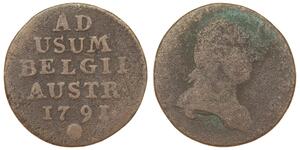(Vendue pour $200.0)
1979, Belgium. Medallic Proof Gold 50 Euro "1st Europen Elections" Coin. 5.56gm!
Mint Year: 1979 Condition: Proof! Denomination: Gold 50 Euro - 1st European Elections Material: Gold (.900) Diameter: 22mm Weight: 5.56gm
Obverse: Greek temple (symbol for Democracy) with inscription (EUROPE) above value (50 €) and date of the 1st European Election (7-10 VI 1979). Privy marks and purity (900) in fields. European confederation countries in legend around.
Reverse: Map of the members of the European Union during 1979. Legend: CONFEDERATIO EUROPEA
The 1979 European elections were parliamentary elections held across all 9 (at the time) European Community member states. They were the first European elections to be held, allowing citizens to elect 410 MEPs to the European Parliament, and also the first international election in history. Seats in the Parliament had been allocated to the states according to population, and in some cases were divided into constituencies, but members sat according to political groups.
The Treaty of Rome which established the Communities specified that the European Parliament must be elected by universal suffrage using a common voting system. The Council of the European Union was responsible for setting up the elections but it had procrastinated. As a stop-gap measure, members were appointed to the Parliament by the member states from their own national parliaments, as they had done since the Common Assembly. The Parliament was unhappy with this and threatened to take the Council to the European Court of Justice. The Council eventually agreed to elections and the first European Parliament elections were held in 1979 after proposals were put forward in the mid 1970s. The issue of a common voting method was left undecided, and even to this day the voting methods vary from member state to member state, although all have used some form of proportional representation since 1999.
The groups formed were loose coalitions based on the groups founded in previous years, but they soon became the basis for modern European political parties.
536 coins were uploaded from 2025-06-11 to 2025-06-18
Une d'entre elle est:
1 Liard Austrian Netherlands (1713-1795) Cuivre
Le groupe a 7 pièces / 7 prix
⇑

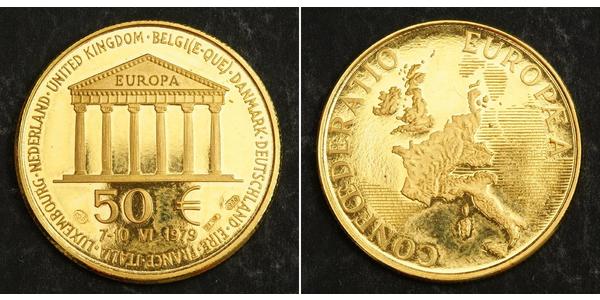







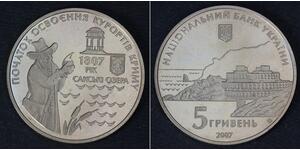





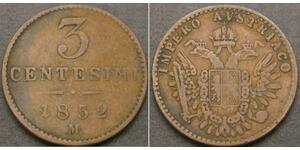
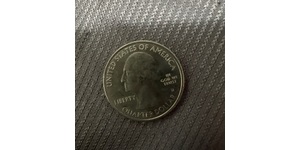
-300-150-NgSsHgTyCiIAAAGW1HxyjNgw.jpg)
